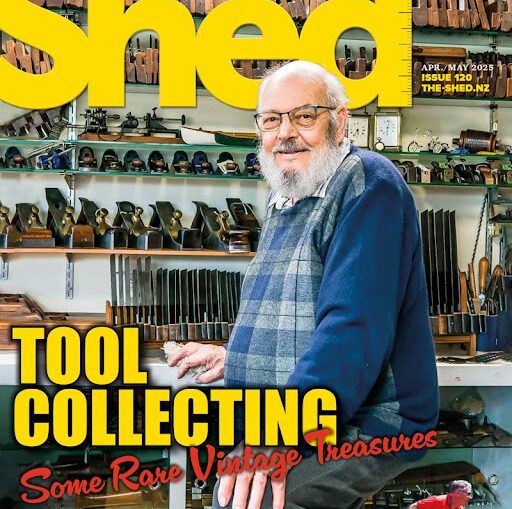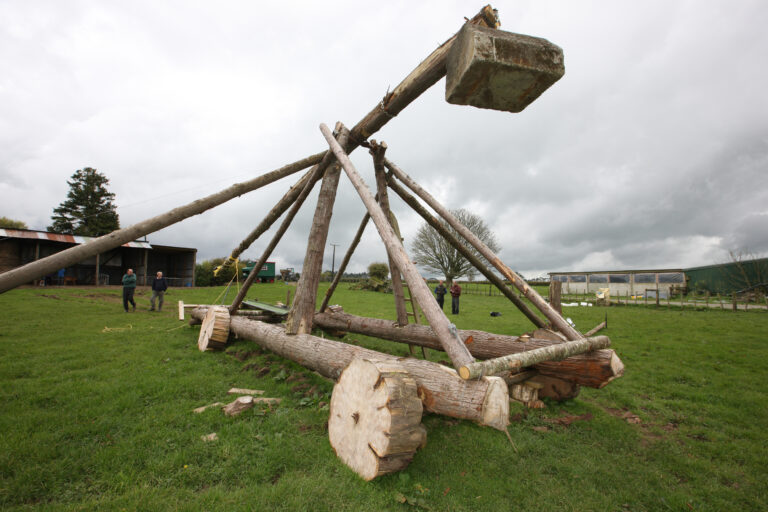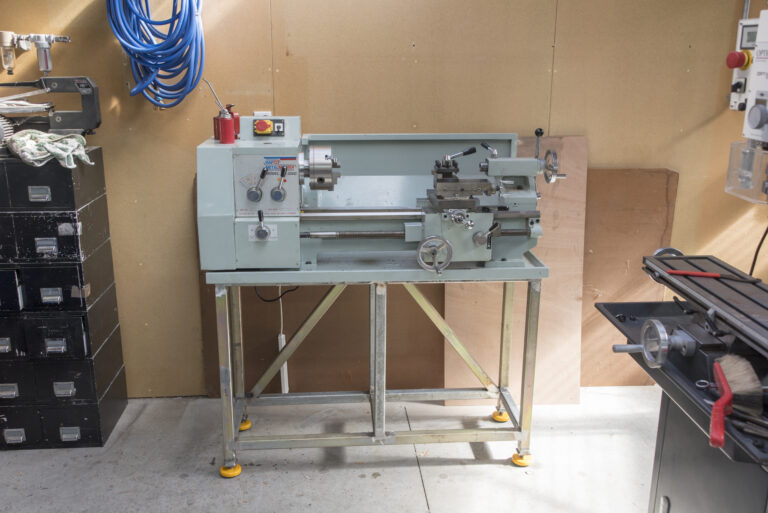In the January/February Issue 76 of The Shed, we decide the best way to enjoy summer is to create some outdoor fires that Sheddies can happily build themselves. Jude builds one for a measly $200 out of Corten steel and we follow the build of a block kitset fireplace that takes less than two days to set up. David Blackwell visits the Melbourne Working with wood show and we meet Des Thomson of Christchurch who endless skill-set sees him build a unique pod for his small campervan. His skills will astound you. Hugh McCarroll hears the call from his wife who needs a rolling stool made for her galley kitchen then we head to Oamaru to meet Alistair Allan who has old chicken sheds chock full of Kiwiana. Andrew Bellringer is an ex-diesel mechanic who now creates stunning art pieces out of steel junk and Coen Smit show us another way to use cast-off materials by using it to create interesting household lamps. Philip King is an Auckland antique furniture restorer and he shares some of his tricks of the trade with us and we visit the shed of Aucklander Simon Dew who restores BSA, Royal Enfield and Moto Guzzi motorbikes – to name but a few. We learn all about the Hallswell Menzshed in Christchurch before Enrico Migliano gives us more 3D printing tips and advice. Ritchie Wilson and Jude Woodside team up to explain all there is to know about universal sockets, sockets and spanner sizes through the ages before Bob Hulme gives us some choice tips on drills and drilling in our metalwork workshop. We close this Christmas and summer issue with Back ‘O’ the shed where Jim Hopkins is pleading with us to have a 2018 of living positively. Now The Shed is all for that!

The Shed magazine April/May 2025 issue 120 on sale now
On the road again – new life for old caravans
The allure of a classic caravan can be strong, and many of these gems are being lovingly restored – in fact, Beach Hop even has a prize for the best retro caravan.
In this issue, we showcase three very different caravan restorations—one by a man who owns a company that has been building caravans commercially since the 1950s and is now a household name in caravans and Motorhomes.
The second is a lovingly restored 10-footer that started off a real basket case, and the third, well, friends christened it a turd emoji when they saw the project bought by Marty and Zoe.
Their caravan was destined for their annual pilgrimage to Beach Hop, where thousands gather to show off their super-primped or lovingly restored classic vehicles and caravans


